Celine celebrates traditional Japanese craftsmanship at the Osaka Kansai World Expo with an immersive exhibition
The Celine Maki-e exhibition, at the French Pavilion, features urushi lacquered Triomphe art pieces created with Hikoju Makie, and two films directed by Soshi Nakamura
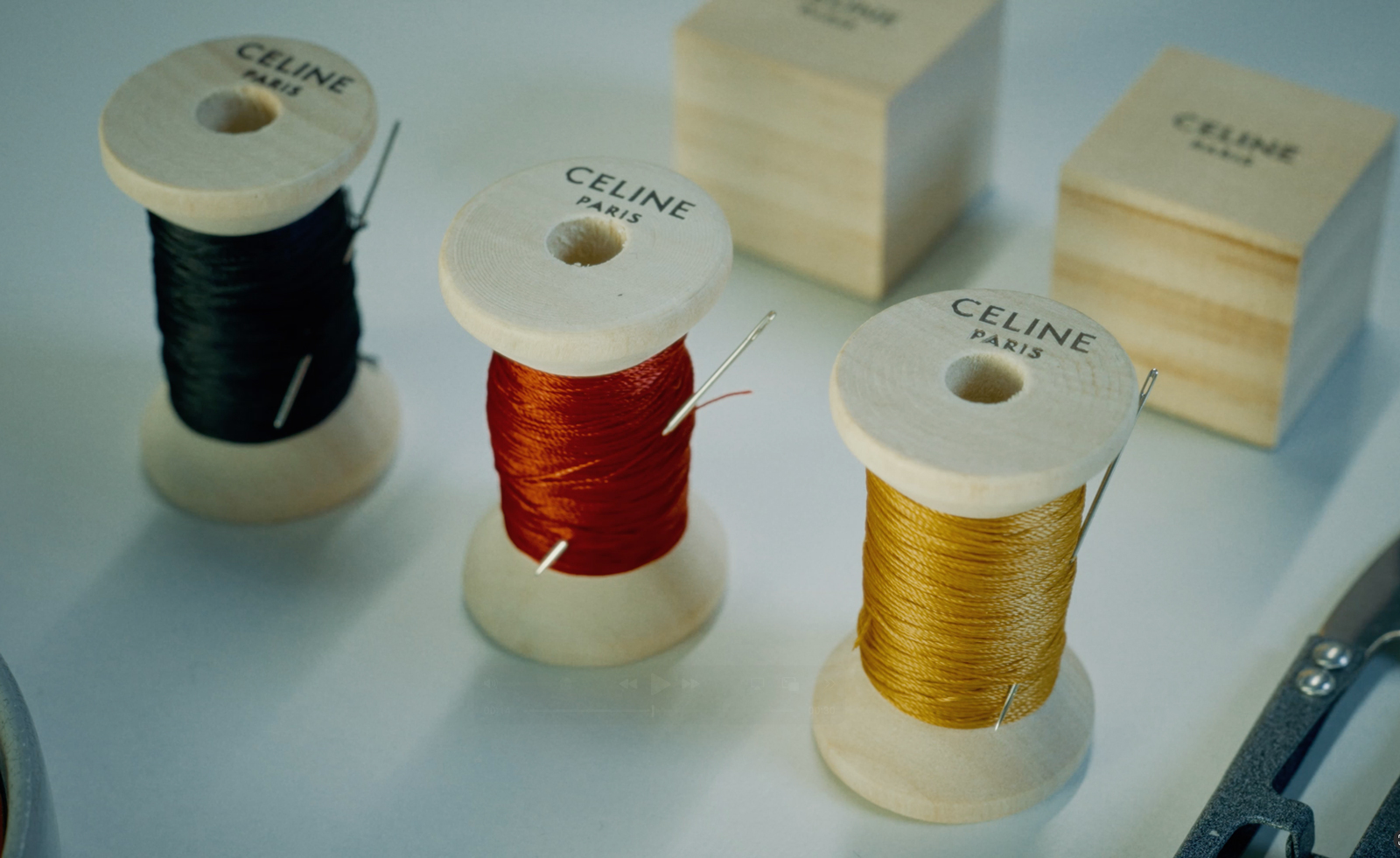
Celine is celebrating traditional craftmanship at an exhibition at the France Pavilion at this year’s Osaka-Kansai World Expo 2025.
Traditional craft technique, lacquerware, is the focus of the Celine Maki-e exhibition, a natural exploration for the French luxury house, which has consistently woven Japanese culture throughout its 80-year history.

The Triomphe room at the Maki-e exhibition
This culture continues to inspire, residing at the intersection of art and history for Celine, which has commissioned Hikoju Makie to rethink the Triomphe logo. The Wajima-based group of Japanese artists infuse their distinctive brand of humour and accomplished artistry into the series of urushi-lacquered Triomphe art pieces they have created here.

The 'Ten Landscapes of Dreams' room
The works join exclusive Triomphe bags and art and video installations in the temporary space, including a video work created with Japanese artist Soshi Nakamura, Ten Landscapes of Dreams, which plays out on an LED screen wall. In another film, Hands at Work, Nakamura draws parallels between Hikoju Makie’s work and Celine’s craft, in an organic melting-pot of culture.
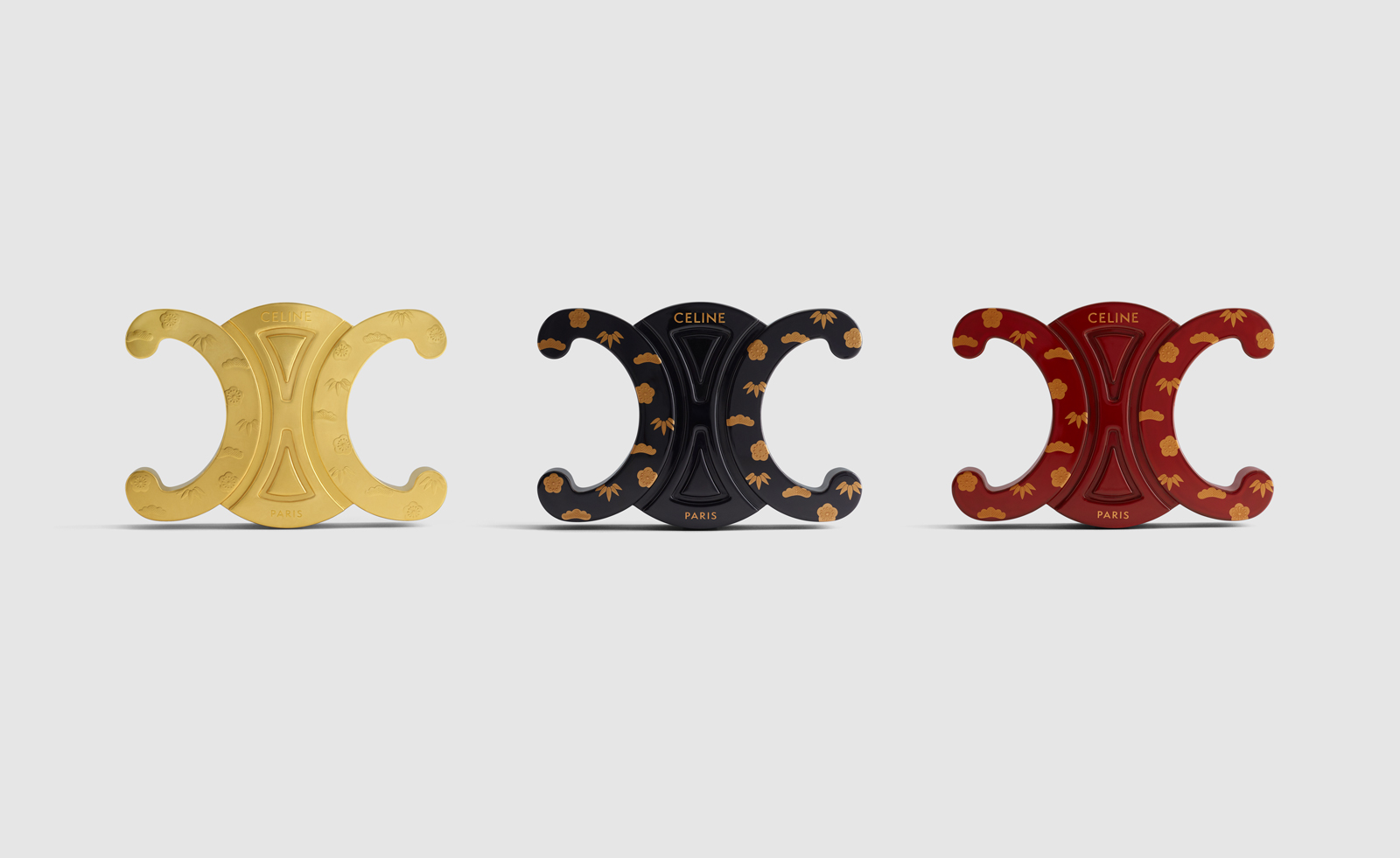
A series of urushis
For Master Takashi Wakayima, the collaboration is a natural one. 'The Triomphe Urushi art pieces we are producing are made of natural wood, and the lacquer is also natural,' he says. 'What we try to do is to create works in a way that could coexist with nature, with human hands working hard to create something. I am trying to convey the spirituality of craftsmanship, but when I think about what Japan is proud of, I think it is a type of mindset centered around Zen, which is a very complex concept that may be difficult to understand.
'During the Meiji era (1868-1912), a man from Kanazawa, named Daisetz Suzuki, brought Zen to the world for the first time in the English language. Okakura Tenshin’s The Book of Tea (1906) spread it even more widely – and is still a bestseller today; in the book, the author explained that the essence of Zen comes from Taoism. If Taoism is often referred to as “Tao” (“the way” in Japanese) or “Daoism”, its deeper meaning is rooted in the philosophy of Laozi and Zhuang Zhou, which only existed because of Confucianism. Laozi’s philosophy is one of the ideas Japan is the proudest of, as it contains the notion of symbiosis, this concept of living together amongst people with different points of view.
‘Of course, it does not only apply to mankind, but also to its relationship with nature, as per the ancient saying “Grass, trees, land, all become Buddhas”. This phrase, also used in Zen, is a good way to show how Japanese conceive the existence of soul within all forms of life, including the country itself. We would like people around the world to discover this philosophical thinking when they see the association of lacquer and Triomphe with Celine.'
Wallpaper* Newsletter
Receive our daily digest of inspiration, escapism and design stories from around the world direct to your inbox.
The exhibition runs from 13 April to 12 May 2025
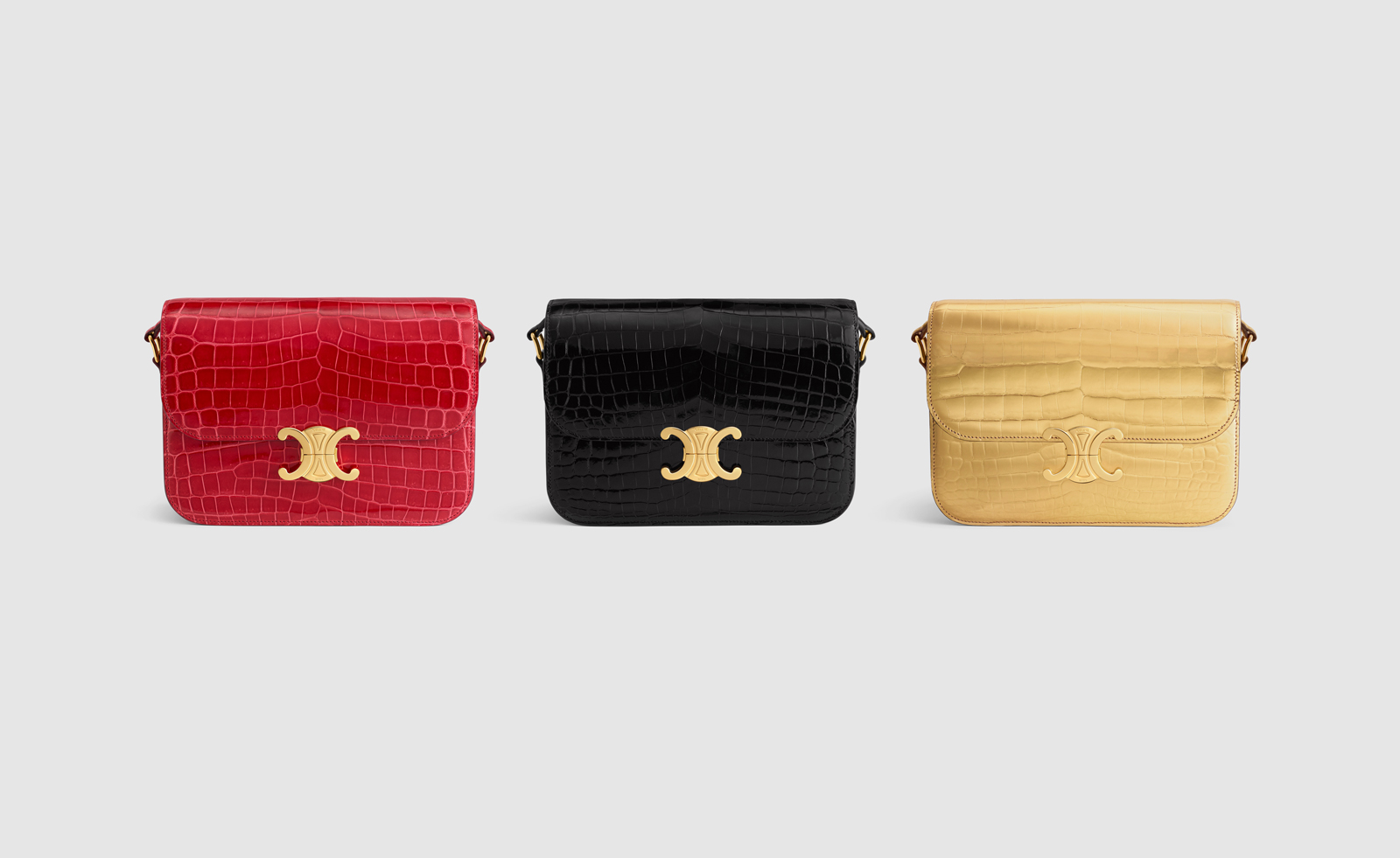
The series of Triomphe bags

The Triomphe room at the Maki-e exhibition
Hannah Silver is the Art, Culture, Watches & Jewellery Editor of Wallpaper*. Since joining in 2019, she has overseen offbeat design trends and in-depth profiles, and written extensively across the worlds of culture and luxury. She enjoys meeting artists and designers, viewing exhibitions and conducting interviews on her frequent travels.
-
 Head out to new frontiers in the pocket-sized Project Safari off-road supercar
Head out to new frontiers in the pocket-sized Project Safari off-road supercarProject Safari is the first venture from Get Lost Automotive and represents a radical reworking of the original 1990s-era Lotus Elise
By Jonathan Bell
-
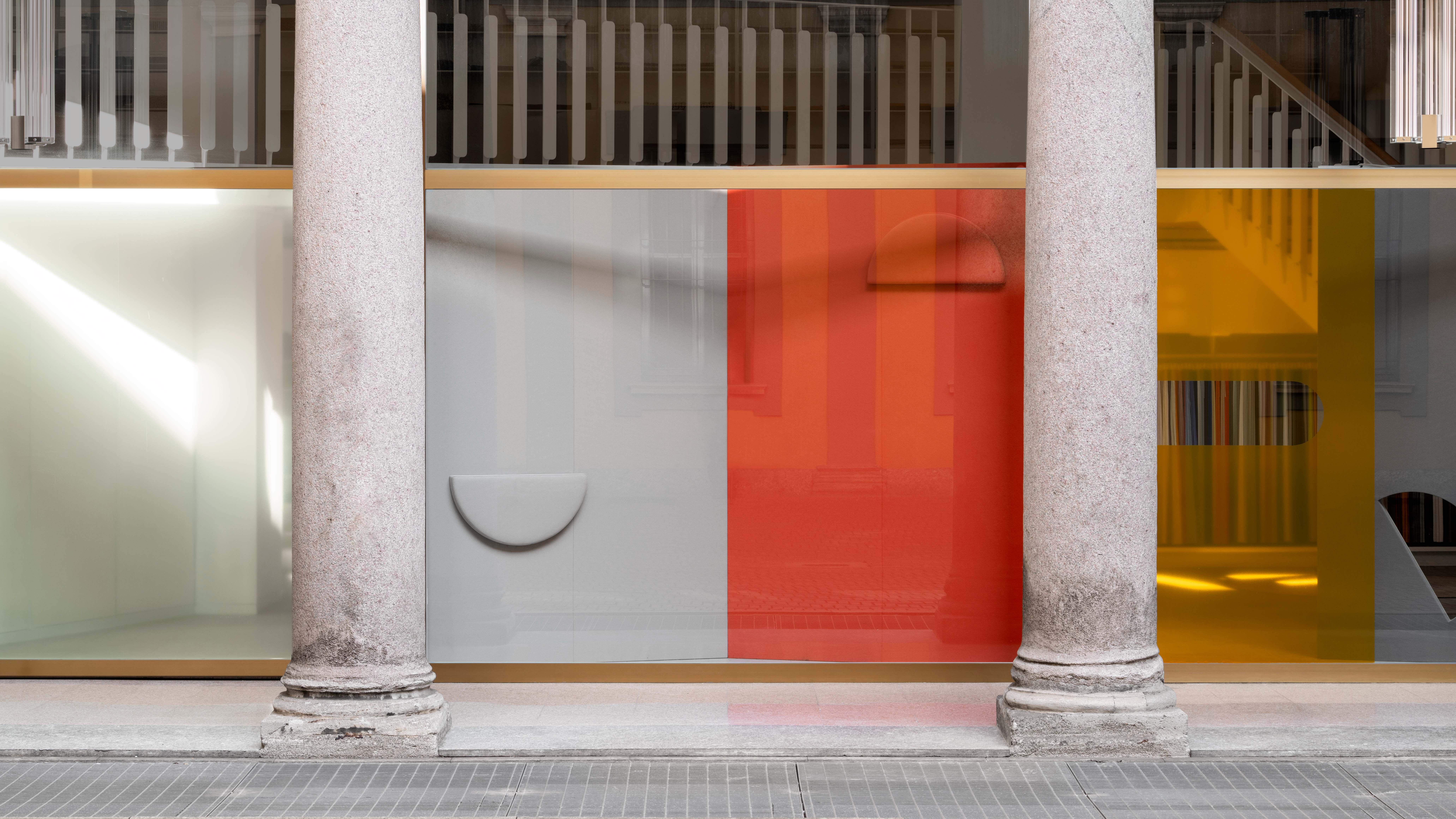 Kapwani Kiwanga transforms Kvadrat’s Milan showroom with a prismatic textile made from ocean waste
Kapwani Kiwanga transforms Kvadrat’s Milan showroom with a prismatic textile made from ocean wasteThe Canada-born artist draws on iridescence in nature to create a dual-toned textile made from ocean-bound plastic
By Ali Morris
-
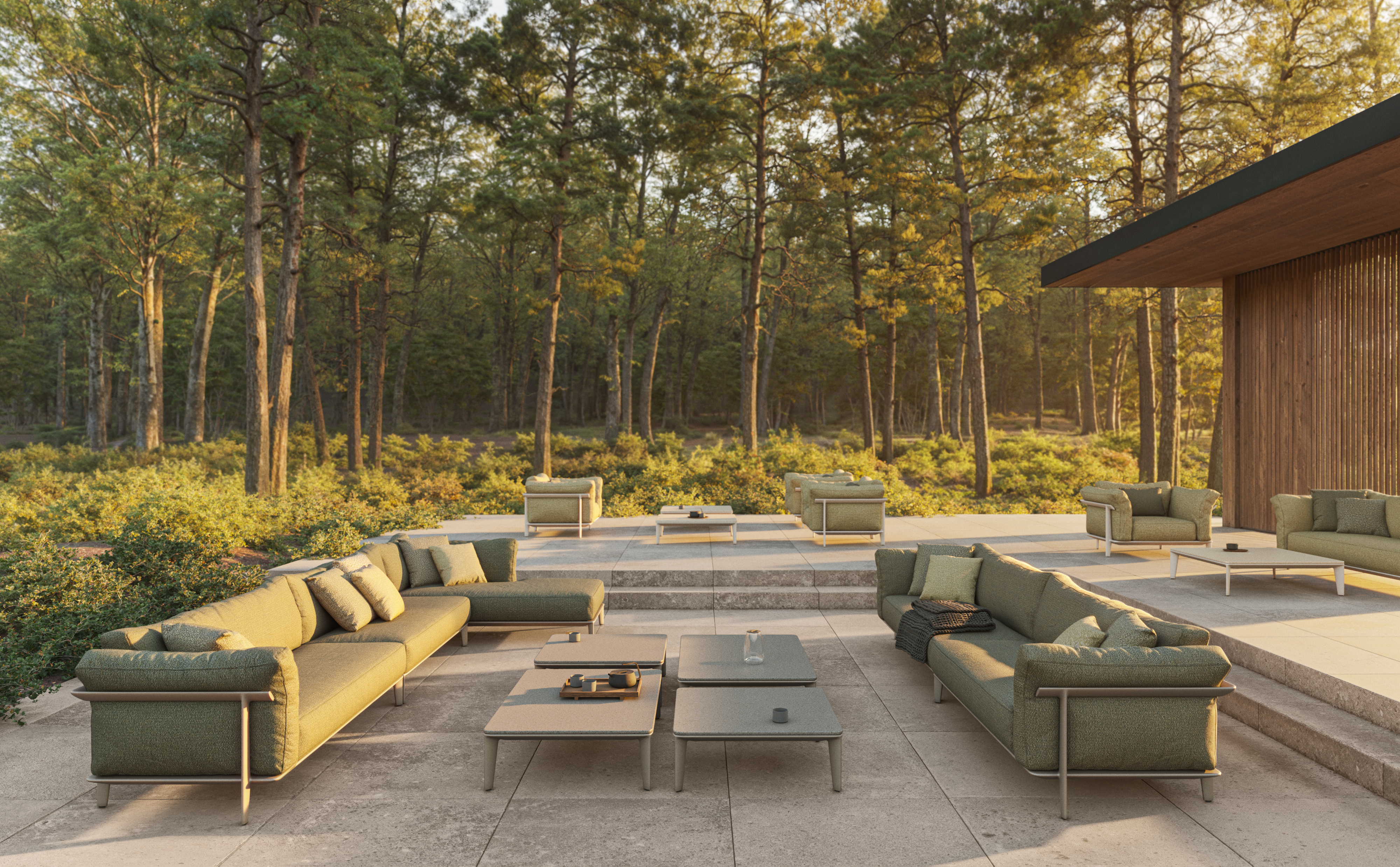 This new Vondom outdoor furniture is a breath of fresh air
This new Vondom outdoor furniture is a breath of fresh airDesigned by architect Jean-Marie Massaud, the ‘Pasadena’ collection takes elegance and comfort outdoors
By Simon Mills